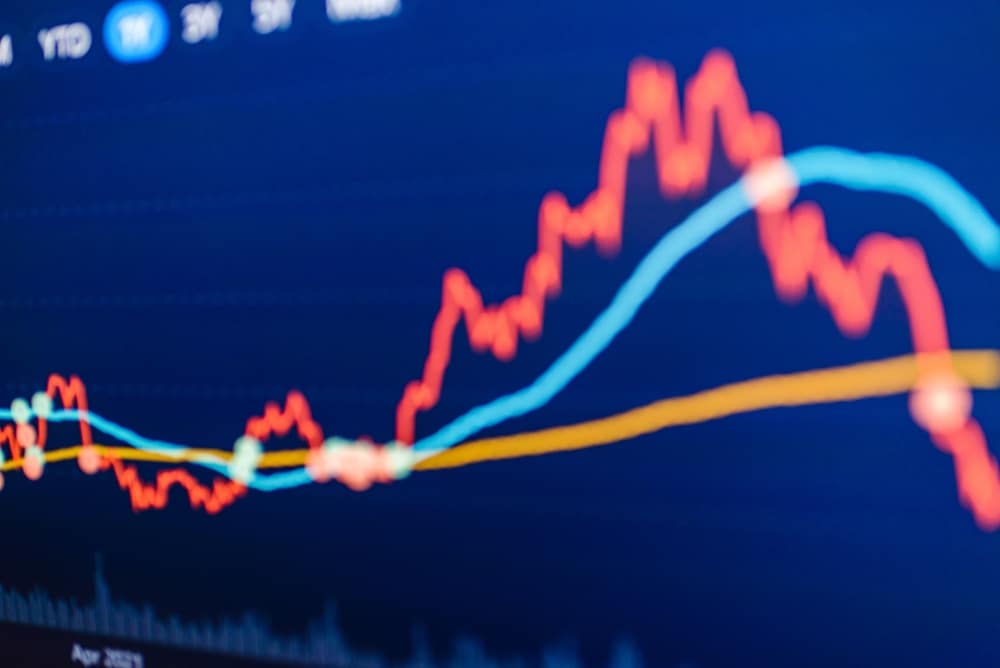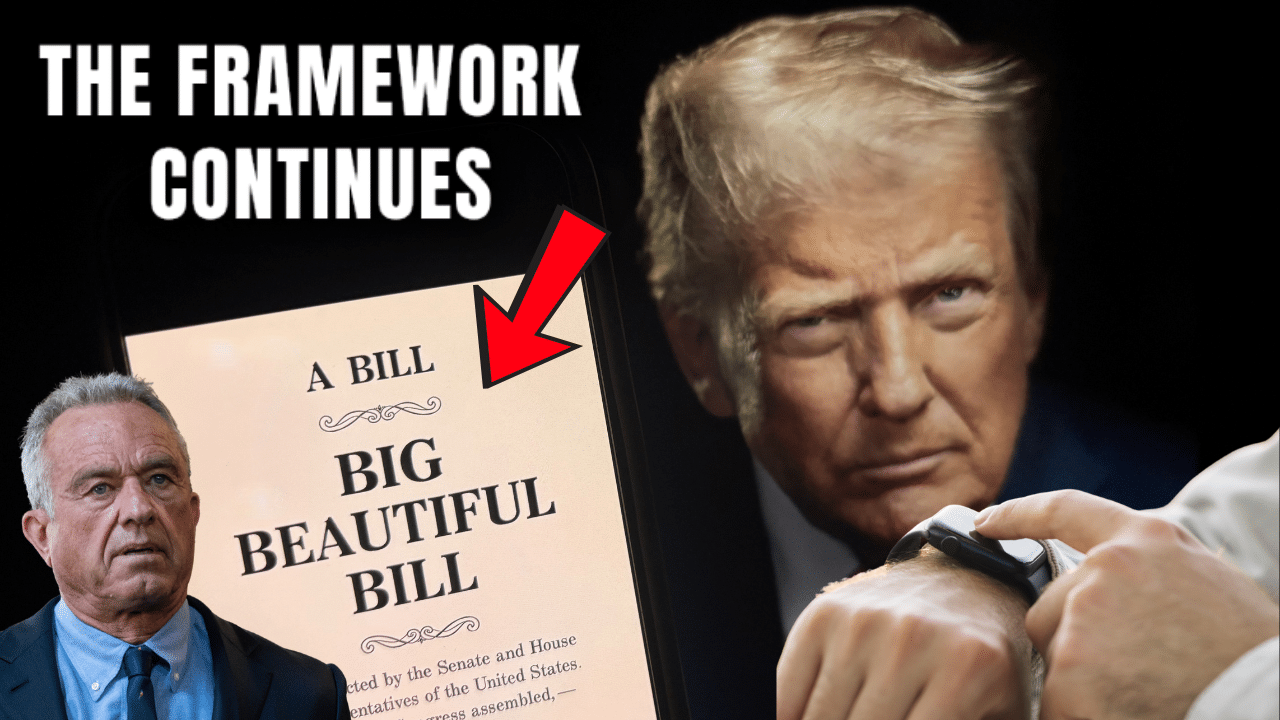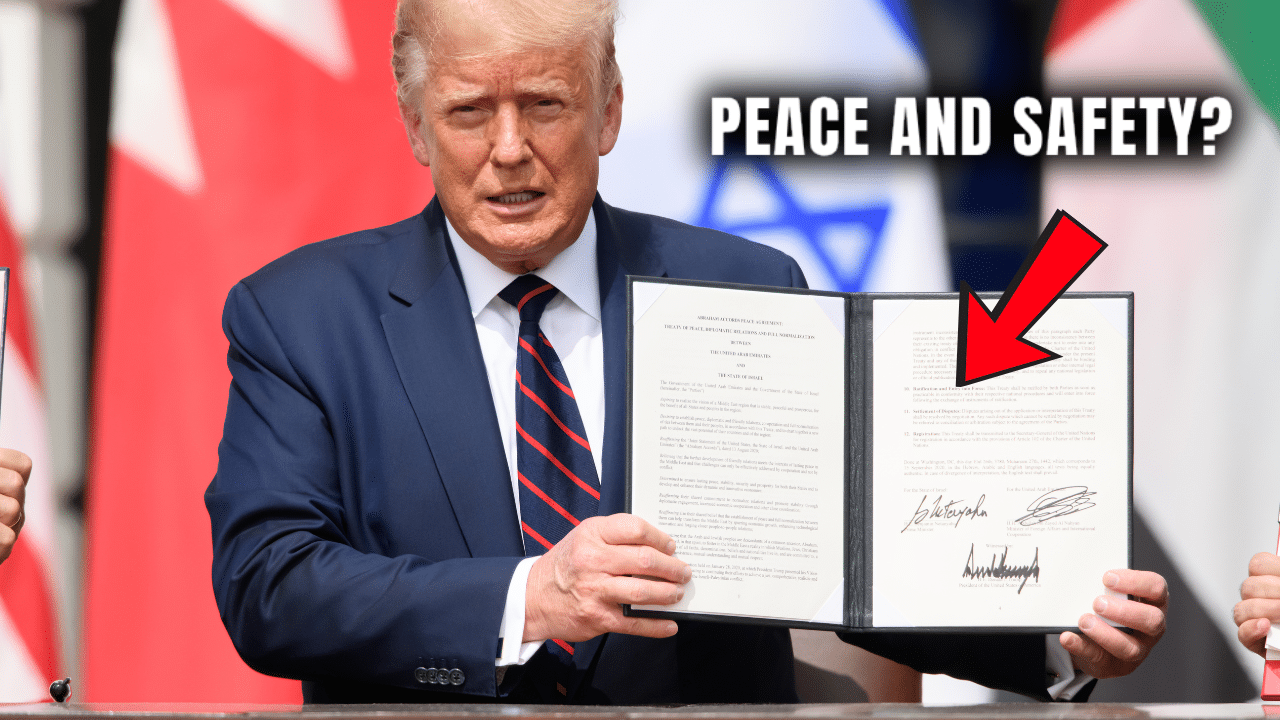According to CNN, Powell didn’t just ditch his tie, he also ditched his script. When asked how the Fed plans for the worst case scenarios on the geopolitical front, he first responded in Fedspeak. “We use our tools to achieve our legal mandates,” he said. But when pushed, he opened up about a top-secret Fed tool: the Teal Book.
What would happen to the economy in an oil crisis, if US-China tensions accelerate or if there’s another pandemic that shuts down the economy? Federal Reserve officials might know, or at least they think they do.
What’s happening: Every year, the Fed performs stress tests to examine whether the nation’s biggest banks can withstand a severe economic crisis. But every six weeks, the central bank also secretly stress tests its own policy decisions — assessing how interest rate hikes would stand up against a bevy of economic, geopolitical and other exogenous situations (think: global pandemic).
Policymakers rarely discuss this exercise. The data and conversations about it are considered classified information and are kept private for five years. Even when they’re released, certain parts of the discussion are blacked out. But they’re immensely important in guiding Fed decisions.
“If one wondered how the Fed responded in near real-time during the Great Financial Crisis or during our more recent Pandemic Era Crisis with very innovative policy responses, it’s due to the systematic work on crisis response around a wide variety of scenarios and simulations conducted by the central bank,” said Joe Brusuelas, chief economist at RSM.
“They are carefully managed within the bank leadership and provide insight into policy options for the Fed under an array of various shocks that range from domestic financial crises to external events such as an oil crisis caused by conflict in the Middle East,” he added.
Bloomberg called Stacey Tevlin, the woman in charge of the Teal Book, “the most important person in US economics that you have probably never heard of.”
In a rare interview with the outlet last year, she gave some insight into modeling the scenarios that affect the trajectory of monetary policy. “There is definitely a lot of judgment we are imposing on this,” she said.
“We don’t think people will react exactly as they have in the past. We have a lot of debates on this as a staff.” During the height of the pandemic, for example, her team presented policymakers with forecasts for both the course of the virus and vaccine availability to help aid them in their decisions.
The market impact: The policy scenarios considered by the Fed are quite sensitive. “Imagine how the market would have reacted if it knew that [former Fed Chair Ben Bernanke] was gaming out a financial crisis due to the housing sector in 2005,” said Brusuelas.
The Fed releases its economic projections to the public in the form of a dot plot four times a year, but there’s so much that we don’t see, said Philippa Dunne of TLR Analytics.
Teal Books and transcripts from 2017 (the most recent that have been released) show Fed members openly discuss how they feel about the ramifications of ongoing political issues. “It’s too bad they don’t release these in real-time,” she said.










